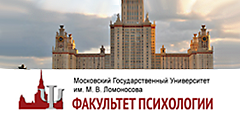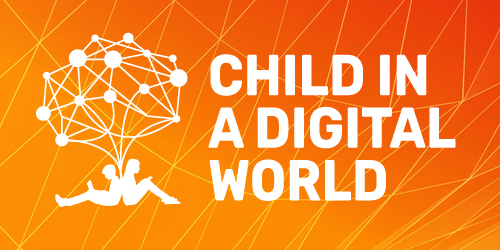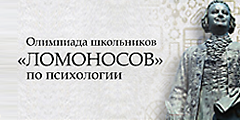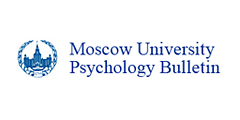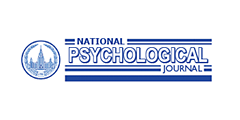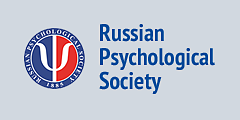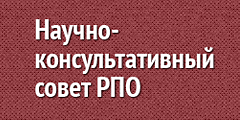
-
The Use of Specialized Neuropsychological Training for the Rehabilitation of Patients with Neglect SyndromeKovyazina, M.S.; Varako, N.A.; Stepanov, G.K.; Yurina, D.D.; Propustina, V.A.; Vasilyeva, S.A.; Daminov, V.D.; Zinchenko, Yu. P.PDF HTML1546“ CITE
Kovyazina, M.S., Varako, N.A., Stepanov, G.K., Yurina, D.D., Propustina, V.A., Vasilyeva, S.A., Daminov, V.D., Zinchenko, Yu.P. (2025). The Use of Specialized Neuropsychological Training for the Rehabilitation of Patients with Neglect Syndrome, Psychology in Russia: State of the Art, 18(1), 3–18. DOI: 10.11621/pir.2025.0201
copied
-
Background. Currently, insufficient attention is being paid to methods of rehabilitation of patients with negleсt syndrome. It is necessary to create an effective way to overcome this condition.
Objective. After we developed and tested a specialized rehabilitation training program for patients with neglect syndrome, we sought to verify that the designed program would have a positive impact on the indicators of visuospatial search in these patients, in contrast to a control group. The patients underwent the specialized training, and improvements in the indicators of visuospatial search were observed, which minimized manifestations of left neglect.
Design. The study consisted of two stages: 1) the development and approbation of the author's task aimed at diagnosing visuospatial neglect syndrome, and 2) the development and approbation of the specialized rehabilitation training and evaluation of its impact on the indicators of visuospatial search in patients with neglect syndrome. Eighty-three patients with lesions of the right hemisphere of the brain took part in the first stage of the study; 37 patients with left-sided visuospatial neglect syndrome took part in the second.
Results. The results of the ANOVARM data analysis indicated statistically significant changes in the visuospatial search of the experimental group's patients. Specifically, there was an increase in the number of head turns to the left (F = 18.127, p<.05) and a decrease in the proportion of missed stimuli on the left (F = 18.367, p<.05). Additionally, the total time to complete the tasks presented by the author's methodology increased after participation in the specialized rehabilitation training. An increase in this indicator may suggest that patients in the experimental group were becoming more aware of the search process. There were no significant differences in the indicators of visuospatial search between patients in the two control groups.
Conclusion. After completing a specialized rehabilitation program to overcome left-sided neglect, patients with neglect syndrome demonstrated improved visuospatial search indicators and increased overall visual activity. The training also had non-specific effects, such as increased motivation, more engagement in the rehabilitation process, and more willingness to participate in other individual and group classes.
DOI: 10.11621/pir.2025.0201
Keywords: neuropsychology/ rehabilitation/ stroke/ neglect syndrome/ visuospatial search/ training
-



